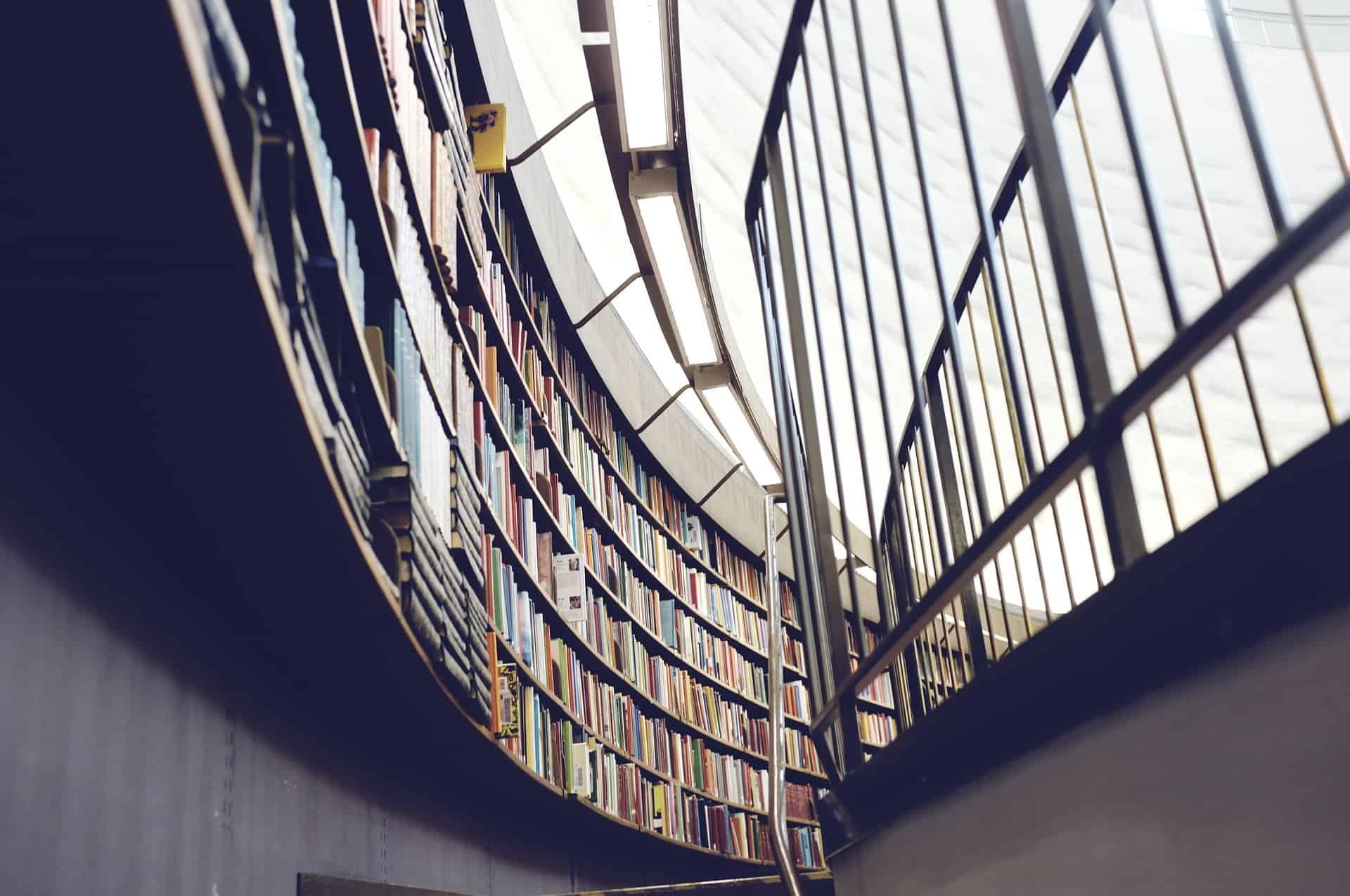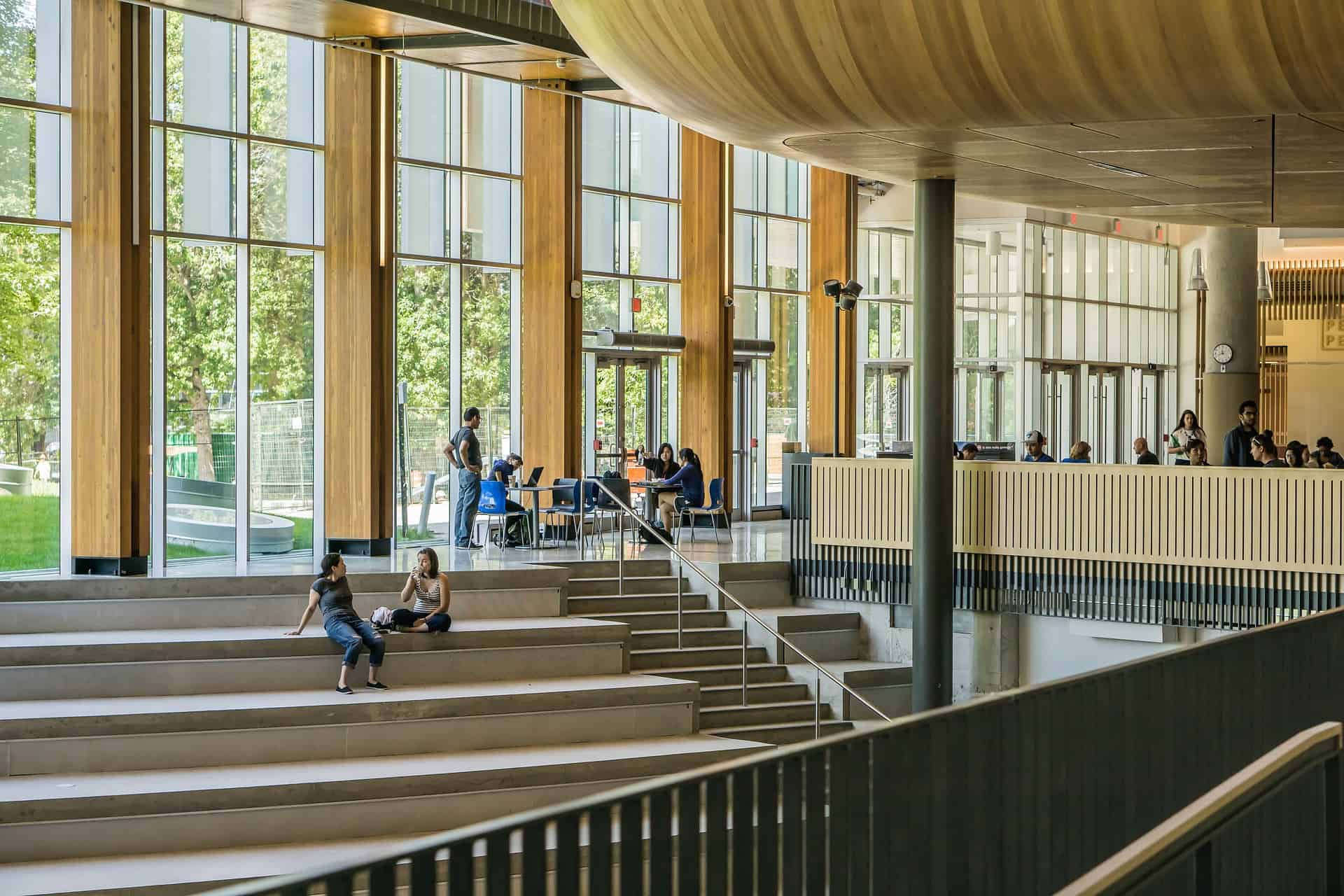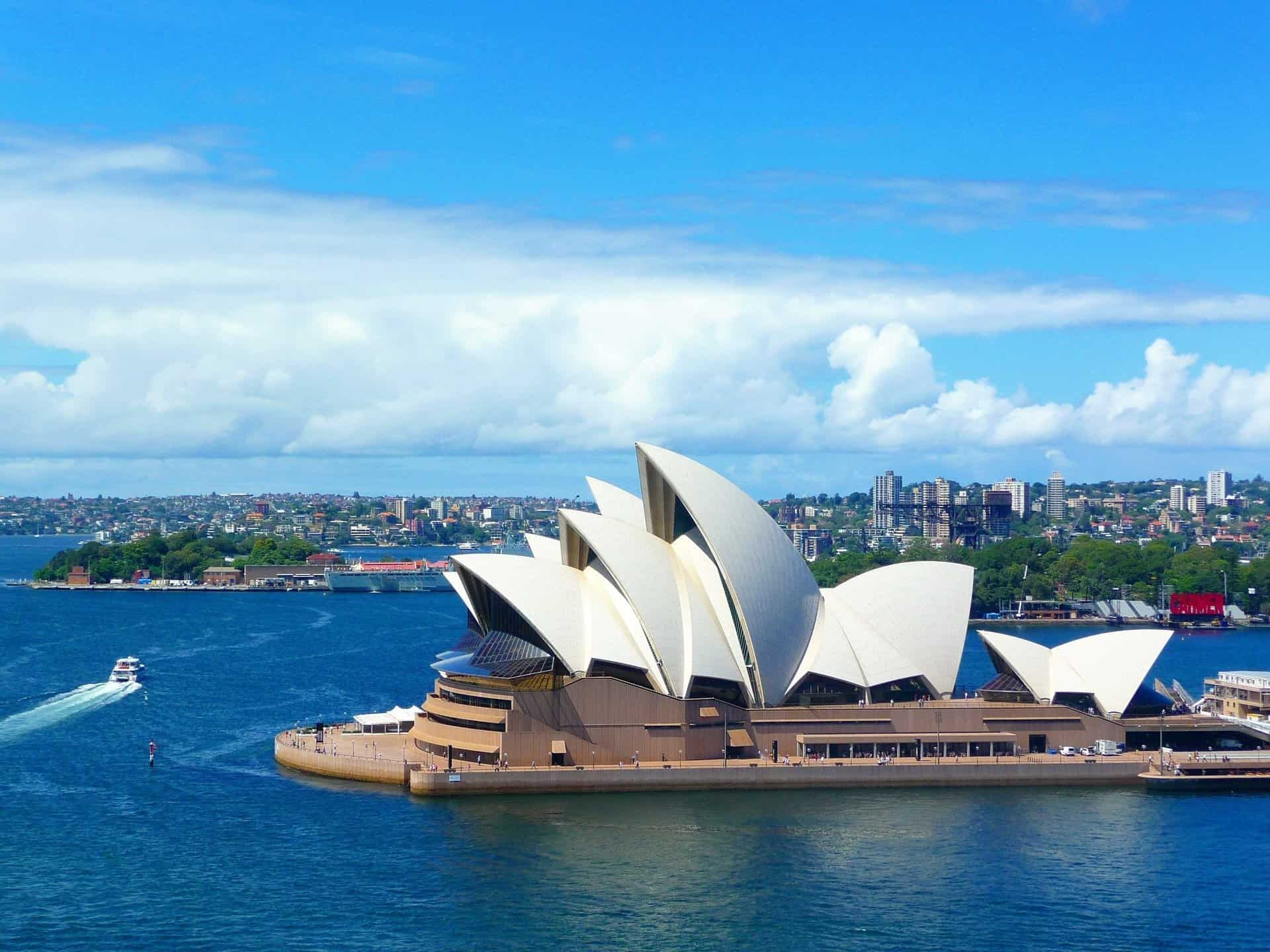Everyone wants the best possible education for their kids. But where in the world can you find it?
Before getting started, it is important to consider that finding the best education for your child comes down to a range of factors, including personal preference, willingness to travel, hobbies and interests and available resources.
The best school for an academic top performer may be completely different to a sports star, while adopting to a new environment can be challenging for some children.
However, if you are willing to look globally, various data on international performance is available to guide your choice.

Top 20 countries for international students
A good guide to the best countries for overseas students comes from UNESCO. The U.N. cultural agency collects data on which countries attract the most overseas students to their universities.
The winner is the United States, which continues to attract the largest number of international students.
According to 2014 data, the United States ranked top, followed by Britain, France and Australia, with Japan placed seventh.
The number of international students in the United States has continued to grow, reaching more than one million for four straight years through to 2019, according to the Institute of International Education. This was led by students from China (370,000), India (202,000) and South Korea (52,000), while Japan ranked eighth with 18,000.
The latest data from the Australian Government showed there were around 670,000 international students in the country from January – September 2020, led by students from China, India, Nepal, Vietnam and Brazil.

Top university rankings
Another guide to the best destination for your child’s future studies is world university rankings.
The Times Higher Education World University Rankings 2020 ranked almost 1,400 universities across 92 countries, with the survey putting British and U.S. universities at the top of the list.
Britain’s University of Oxford ranked top, followed by the California Institute of Technology and Britain’s University of Cambridge. The next top performers were all U.S. institutions, comprising Stanford University, Massachusetts Institute of Technology (MIT), Princeton University, Harvard University, Yale University and the University of Chicago.
University of Melbourne was Australia’s top performer, ranked 32nd, while the University of Tokyo was Japan’s best in 36th place.
A separate survey, the QS World University Rankings, also scores U.S. and British universities highly.
Its 2020 survey ranked MIT top, followed by its U.S. rivals Stanford and Harvard, with Oxford rated fourth. However, it also scored Singapore universities highly, with the Nanyang Technological University Singapore and the National University of Singapore ranked equal 11th.

Top-performing students
Student performance can indicate which countries’ education systems are the best performing worldwide. The OECD’s PISA triennial international survey is a guide in this regard, measuring 15-year-olds’ ability to use their reading, mathematics and science knowledge and skills to meet real-life challenges.
Reading was the main subject assessed in the latest international survey, PISA 18, with 79 countries and economies surveyed. PISA 2018 defined reading literacy as “understanding, using, evaluating, reflecting on and engaging with texts in order to achieve one’s goals, to develop one’s knowledge and potential and to participate in society.”
The results showed Canada, Estonia, Finland and Ireland were the highest-performing OECD countries in reading, while students in China and Singapore scored significantly higher overall.
Japanese students overall performed above average in reading, mathematics and science, while Australian students were above average in reading and science but around average in mathematics.
However, there are wide variations in educational models. Finland, which has been a top performer since the first PISA survey in 2000, has a “child-centred” model with free education for all, from primary to higher education, including free school meals, and the principle that children are allowed to choose their own educative path.
This compares to the so-called “Asian model” of rote learning, which has been criticised by Western educators for focusing on performing well in tests rather than on free thinking.

So which is the best system?
Ultimately the best educational system for your child is one which suits their individual learning needs, skills and abilities while giving them the best possible basis for lifelong learning.
Both Japan and Australia have traditionally ranked highly internationally for their education systems, despite their differences in teaching methods and cultures. And U.S. and British universities have traditionally rated highly in reviews of international universities conducted by Western reviewers.
Japanese students who study in Australia can benefit from a system that promotes quality education and protection for international students, with a range of courses, scholarships and pathways available, across all levels of education.
Talk to Hello Kids about the best option for your child and how you can ensure your child has the best possible international education for a bright future.






